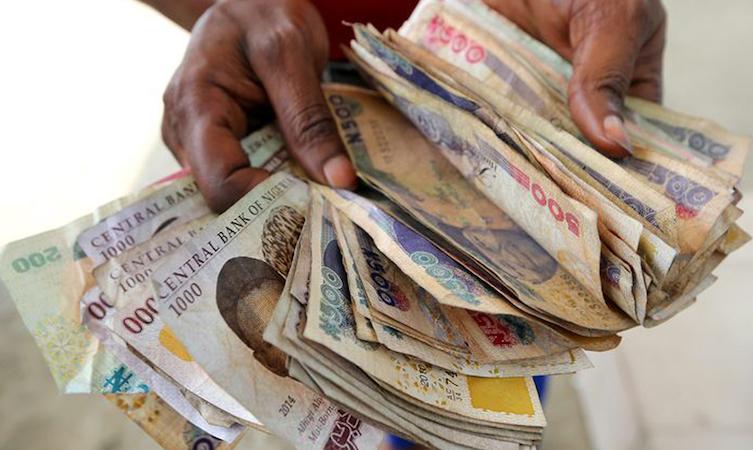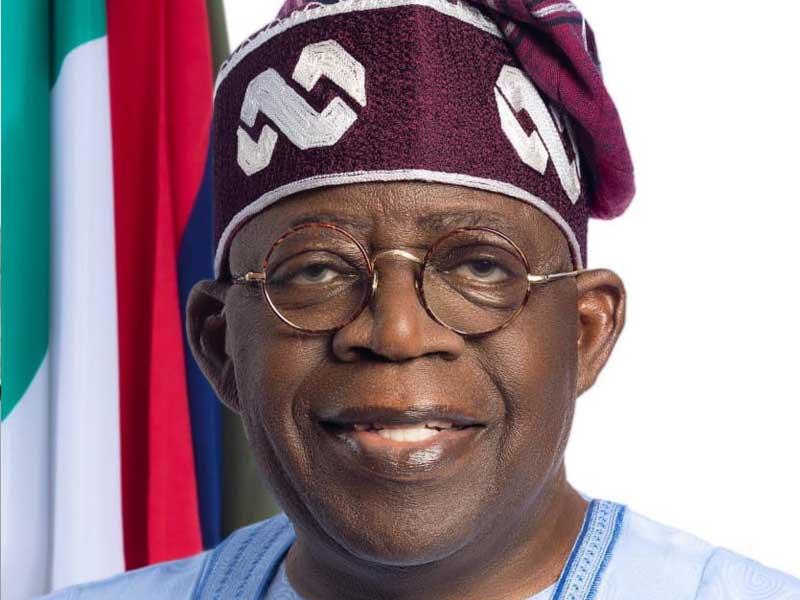CBN assures of stability of national currency as oil price slumps
Ejiofor Alike and Nume Ekeghe with agency reports
The combination of tightening global financing conditions, which has resulted to capital outflows in the country, the elevated global risk aversion, 2019 election uncertainties and high services payments are likely to put pressure on the naira going into next year, THISDAY has learnt.
Analysts at CSL Stockbrokers Limited and the Financial Derivatives Company Limited (FDC), who stated this in two separate reports obtained by THISDAY, argued that capital repatriation by foreign investors was also expected to heighten dollar demand.
While on the parallel market, the naira trades relatively stable at N361 per dollar – N362 per dollar, currency pressures are building at the Investors’ and Exporters’ foreign exchange (I&E) window, where transactions are now being executed at an average rate of N364 per dollar, compared to N362 per dollar-N363 per dollar in previous months.
But the Central Bank of Nigeria (CBN) had insisted that it has enough war chest to meet forex demand in the country.
To the CSL, Nigeria’s periodic currency crises are mainly due to policy makers’ inability to deal with the macroeconomic phenomena called the “impossible Trinity.”
It said, “The impossible trinity (also known as the trilemma) postulates that it is impossible to have all three of the following at the same time: a fixed foreign exchange rate, free movement of capital (absence of capital controls) and an independent monetary policy.
“We think pressure will appear in the foreign exchange market and a parallel market premium in the range of 10-20 per cent will return. Given this view, we recommend that local fixed income investors shorten duration and remain focused on the short-end of the curve.”
While the report noted that the introduction of the I&E FX Window in April 2017, showed the CBN’s effort in liberalising the foreign exchange market, it pointed out that a free floating exchange rate was yet to be accepted in the country.
It added, “Meanwhile, the CBN still has considerable level of control over interest rates. These policy inconsistencies have been in place since independence with its attendant impact evident in the nation’s periodic currency crisis. Nigeria runs a substantial deficit of $5-6 billion on the services balance, however this is usually offset by surplus from the trade account meaning that Nigeria runs a current account surplus.
“We believe CBN will seek to avoid changes to the official exchange rate and will be prepared to see the parallel market premium widen. Looser fiscal policy in the run-up to the election is likely to increase demand for foreign exchange as demand for imports increases, and some of the funds inevitably will be misappropriated.
“We expect demand for foreign exchange to rise significantly beyond the CBN’s willingness to provide it. This will lead to a widening of the parallel market premium as private sector entities with service payments (mostly, interest and dividends) to make have to scramble for foreign exchange.”
On its part, the FDC, a research and financial advisory company anticipated, “increased forex demand in the next couple of months as manufacturers commence inventory build-up for festive sales. This, in addition to increased election spending, could result in exchange rate depreciation. However, the CBN has iterated its preference for exchange rate stability over buoyant external reserves. Hence, we expect the currency to remain relatively stable in 2018.”
The report pointed out that the depletion of Nigeria’s external reserves was expected to be sustained in subsequent months,” owing to forex demand pressures arising from election and festive spending.”
In addition, the firm predicted one more hike in the US Federal Reserves’ (the Fed) interest rate in 2018. This it stated would further intensify capital outflows, heightening pressures on the exchange rate.
However, higher oil proceeds could slow down the pace of depletion, it noted.
Crude Oil Slumps on Supply Concerns after Four Days of Gains
Meanwhile, Crude oil prices dropped yesterday ending a four-day winning streak amid concerns about the rising inventory in the global market as the Organisation of Petroleum Exporting Countries (OPEC) mulls production cuts.
Apart from the surplus inventory in the oil market, growing fears of an economic slowdown, which saw European and Asian stock markets tumble again, added further pressure on crude oil prices.
Reuters reported that the global Brent crude futures, the international benchmark for oil prices, were at $66.07 a barrel, down 72 cents, or 1.08 per cent, from their last close.
US West Texas Intermediate (WTI) crude futures were at $56.63 per barrel, down 57 cents, or one per cent.
Russian Energy Minister, Alexander Novak said on Monday that his country, which is not an OPEC member, planned to sign a partnership agreement with the group, and that details would be discussed at OPEC’s December 6 meeting in Vienna, Austria.
The plan by OPEC and Russia to cut supply to the international market followed an increased alarm that supply has started to outpace consumption.
US President Donald Trump had posted a tweet meant to put pressure on OPEC not to cut supply to prop up prices.
Trump’s tweet followed reports that Saudi Arabia was considering a production cut at the December OPEC meeting.
The United States’ sanctions against Iran, which took effect on November 4, are expected to reduce supply to the global market.
However, a US decision to grant waivers to some of Iran’s oil customers, who faced the prospect of a drop-off in supply from the sanctions, has also helped soothe concern about availability of crude.
The Head of Paris-based International Energy Agency (IEA), energy advisor to about 26 industrialised countries, Fatih Birol, said on Monday that oil supply cuts by key producers could have negative implications for markets.
He appealed to market players to use “common sense”.
Speaking at a news conference with central European energy ministers in Bratislava, Birol reportedly said markets were currently well supplied but spare capacity in Saudi Arabia was thin and cuts by key players could tighten markets.
“Currently markets are very well supplied but we should not forget that spare capacity in Saudi Arabia is very thin, therefore cutting the production significantly today by key oil producers may have some negative implications for the markets and further tightening the markets,” he said.
Birol yesterday warned of the effects of geopolitical instability on prices.
“We are entering an unprecedented period of uncertainty in oil markets,” Fatih Birol told a conference in Norway.
Oil prices are around a quarter below their recent peaks in early October, weighed down by surging supply, especially from the United States, as well as a slowdown in global trade.
US crude production has soared almost 25 per cent this year, to a record 11.7 million barrels per day (bpd).
Amid the uncertainty, financial traders have become wary of oil markets, seeing further downside risk to prices from the growth in U.S. shale production as well as the deteriorating economic outlook.
Portfolio managers have sold the equivalent of 553 million barrels of crude and fuels in the last seven weeks, the largest reduction over a comparable period since at least 2013.
Funds now hold a net long position of just 547 million barrels, less than half the recent peak of 1.1 billion at the end of September, and down from a record 1.484 billion in January.
Concerned about an emerging production overhang similar to the one that led to a price slump in 2014, OPEC is pushing for a supply cut of 1 million to 1.4 million bpd.
“We expect OPEC to agree to a supply cut at its next official meeting on December 6,” Reuters quoted French bank, BNP Paribas, as saying.
The bank added that it expected Brent to recover to $80 per barrel before the year-end.
“In 2019, we expect WTI to average $69 per barrel and Brent $76 per barrel,” BNP said.
The IEA, however, warned OPEC and other producers of the “negative implications” of supply cuts, with many analysts fearing a spike in crude prices could erode consumption.



